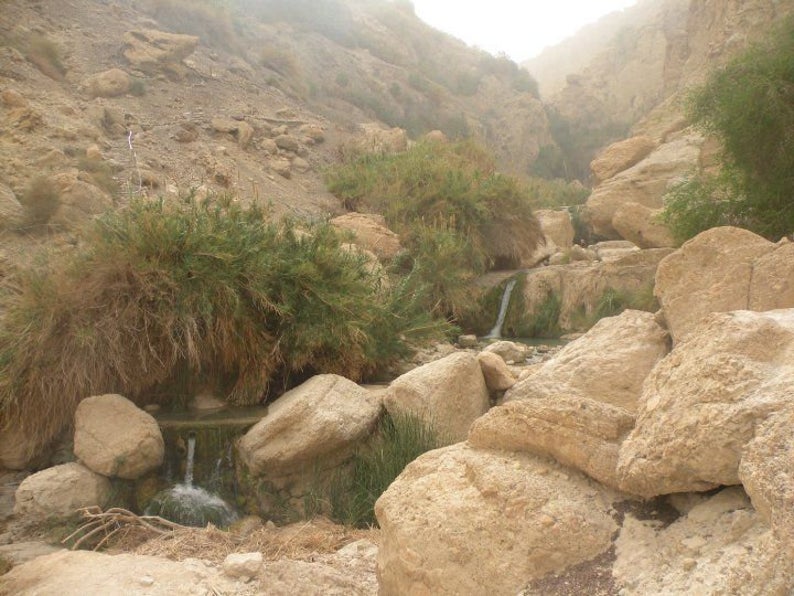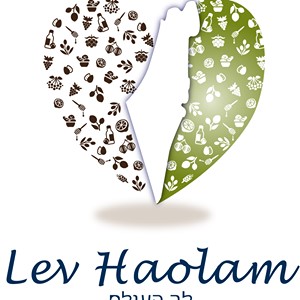Description
Henna Flower and Leaf High Quality Essential Oil
5ml (Rare)
Lawsonia inermis כפר
OW
Flowers and Leaves from the border of
Israel/ Egypt
Rich orange pourable semi-thick liquid with a luscious floral henna aroma
Artisan Produced by Lois and Yossel Zweibel in Israel
Strong pungent aroma of Henna that is spikenard like with great tenacity, has slight sweet floral notes, with a dry down of balsamic earthy green tenacity,and honeyed spice notes. This is Henna Flower and Leaf Essential Oil, not a paste or blend.
The first mention of kopher in the Song of Songs is in chapter 1, verse 14: ‘A cluster of henna [blossoms] is my beloved to me, in the vineyards of ‘Ein Gedi’. The word eshkol, cluster, is usually used in Biblical Hebrew to refer to a cluster of grapes; its use here is apparently a reference to the clustered flowers and berries of the henna plant which grow in a shape reminiscent of a cluster of grapes.
This verse, therefore, seems to refer to the perfume of the henna flower and not to the use of henna as a dye; this is corroborated by the mention of henna in Song of Songs 4:12-13 with other sweet-smelling plants: ‘Your shelaḥayikh [meaning unclear] are a garden of pomegranates with precious fruits, henna bushes with spikenard; spikenard and saffron, cane and cinnamon, with all frankincense trees, myrrh and aloes with all the chief spices’.
In Song of Songs 7:11 the plural form kepharim is used again: ‘Come, my beloved, let us go out to the fields, let us lie down under the henna bushes’. While the word kepharim can also mean ‘villages’ (and this is how it is rendered in older translations such as the King James Version), most modern translators render it ‘henna’ or ‘henna bushes’, noting that this translation better fits the sense of the verse and the intertextual allusions to Song of Songs 1:14.
Careful this Essential oil can leave a light stain on clothing. Use with caution and in moderation because this one is rare.
Benefits:
Aches and pains, headaches, Antibacterial, anti-inflammatory, antioxidant, and dandruff
Henna oil has various natural chemical compound constituents which include ethyl hexadecanoate, (E)-methyl cinnamate, isocaryophyllene, (E)-ß-ionone and methyl linolenate.

























